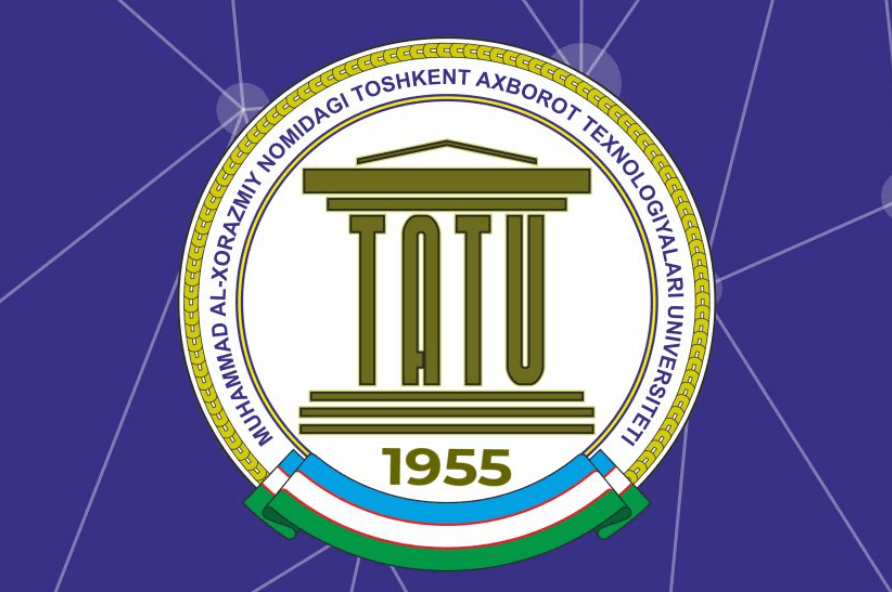Masala D
Frequent Flyer Flights
In the country there are exactly n cities numbered with positive integers from 1 to n. In each city there is an airport is located.
Also, there is the only one airline, which makes \(m\) flights. Unfortunately, to use them, you need to be a regular customer of this company, namely, you have the opportunity to enjoy flight \(i\) from city \(a_i\) to city \(b_i\) only if you have already made at least \(d_i\) flights before that.
Please note that flight \(i\) flies exactly from city \(a_i\) to city \(b_i\). It can not be used to fly from city \(b_i\) to city \(a_i\). An interesting fact is that there may possibly be recreational flights with a beautiful view of the sky, which begin and end in the same city.
You need to get from city 1 to city n. Unfortunately, you've never traveled by plane before. What minimum number of flights you have to perform in order to get to city n?
Note that the same flight can be used multiple times.
The first line contains two integers, \(n and m (2 ≤ n ≤ 150, 1 ≤ m ≤ 150)\) — the number of cities in the country and the number of flights the company provides.
Next m lines contain numbers \(a_i, b_i, d_i (1 ≤ a_i, b_i ≤ n, 0 ≤ d_i ≤ 10^9)\), representing flight number i from city \(a_i\) to city \(b_i\), accessible to only the clients who have made at least \(d_i\) flights.
Print "Impossible" (without the quotes), if it is impossible to get from city 1 to city n using the airways.
But if there is at least one way, print a single integer — the minimum number of flights you need to make to get to the destination point.
| # | input.txt | output.txt |
|---|---|---|
| 1 |
3 2 1 2 0 2 3 1 |
2 |
| 2 |
2 1 1 2 100500 |
Impossible |
| 3 |
3 3 2 1 0 2 3 6 1 2 0 |
8 |
